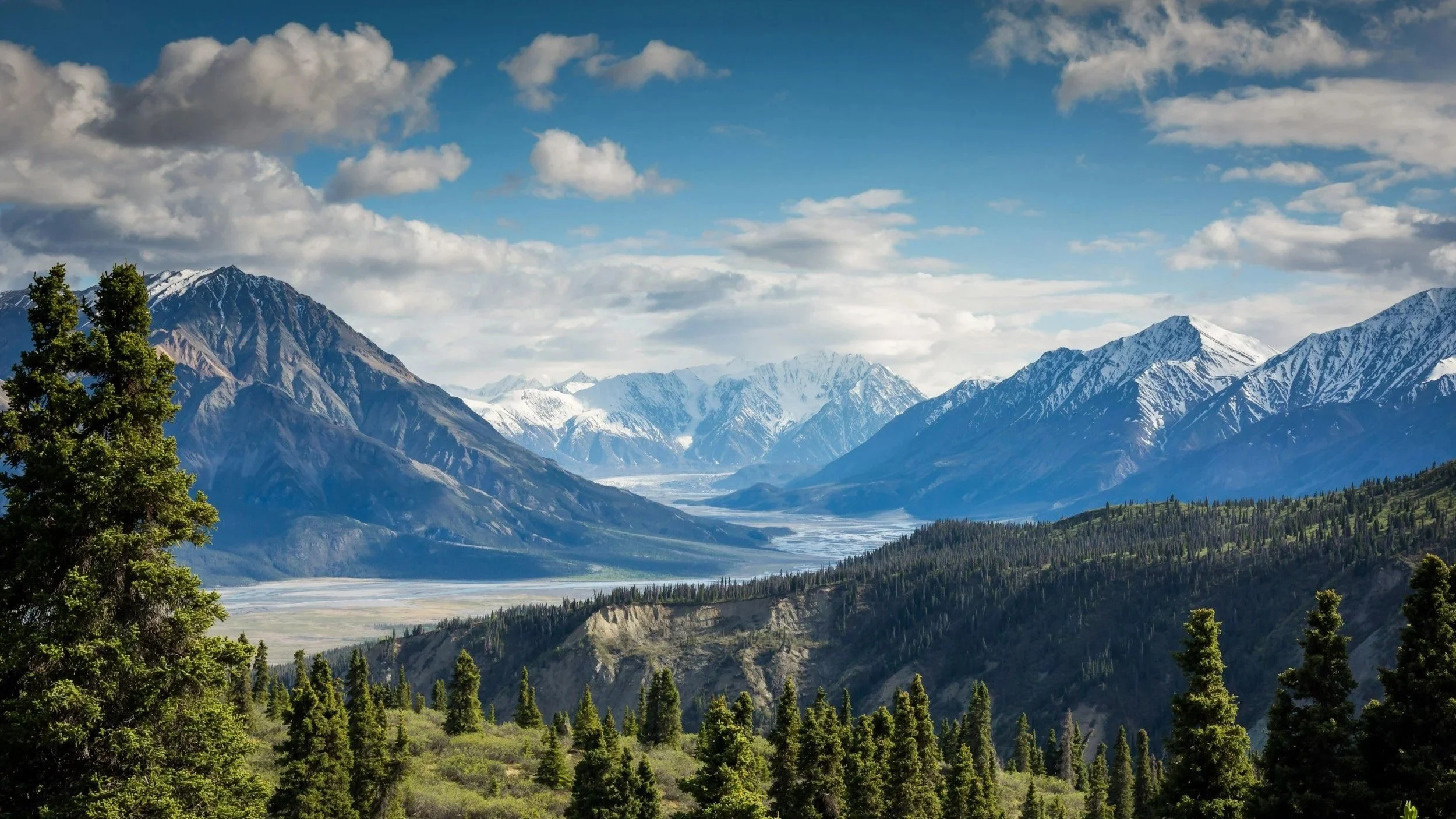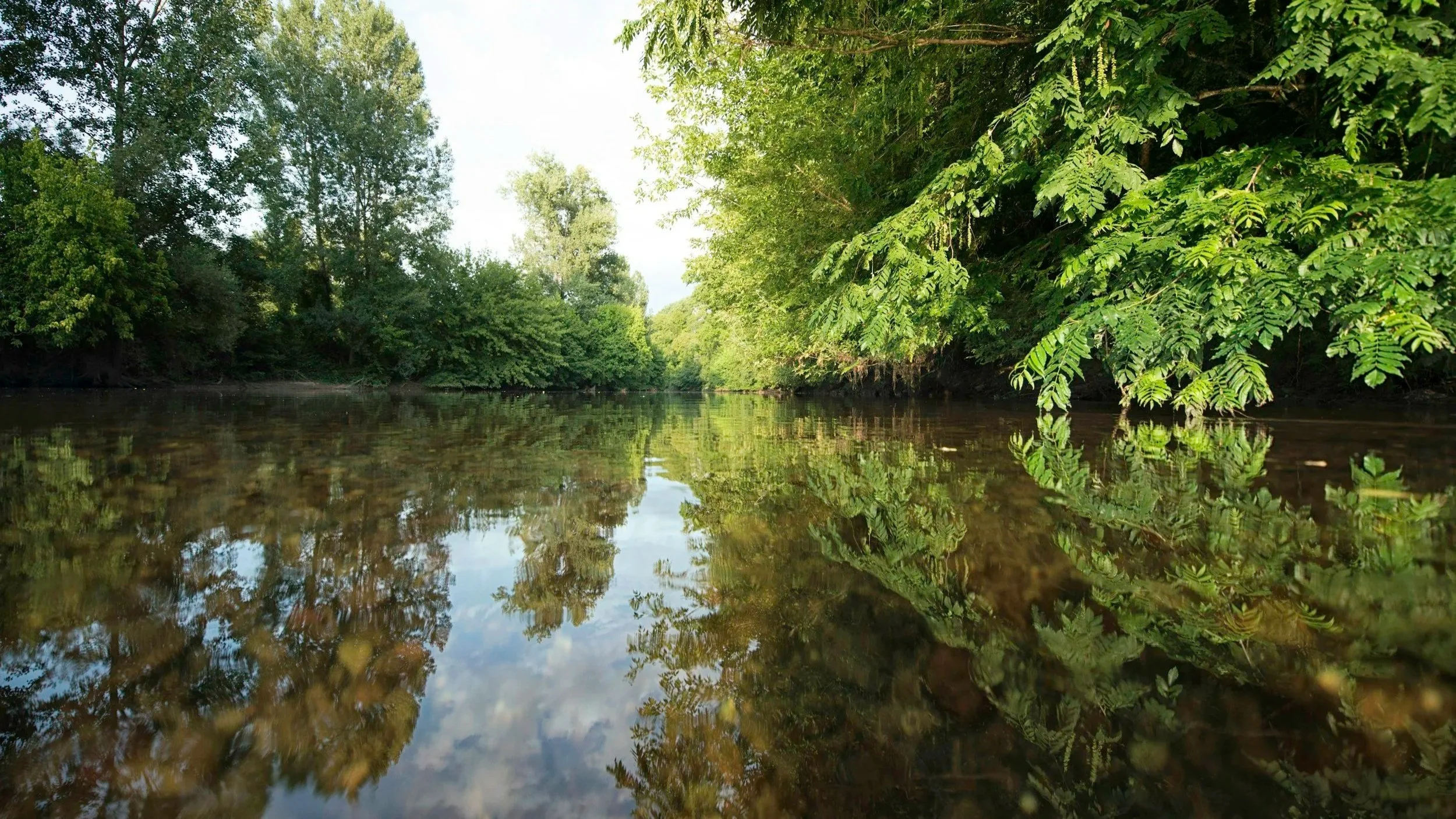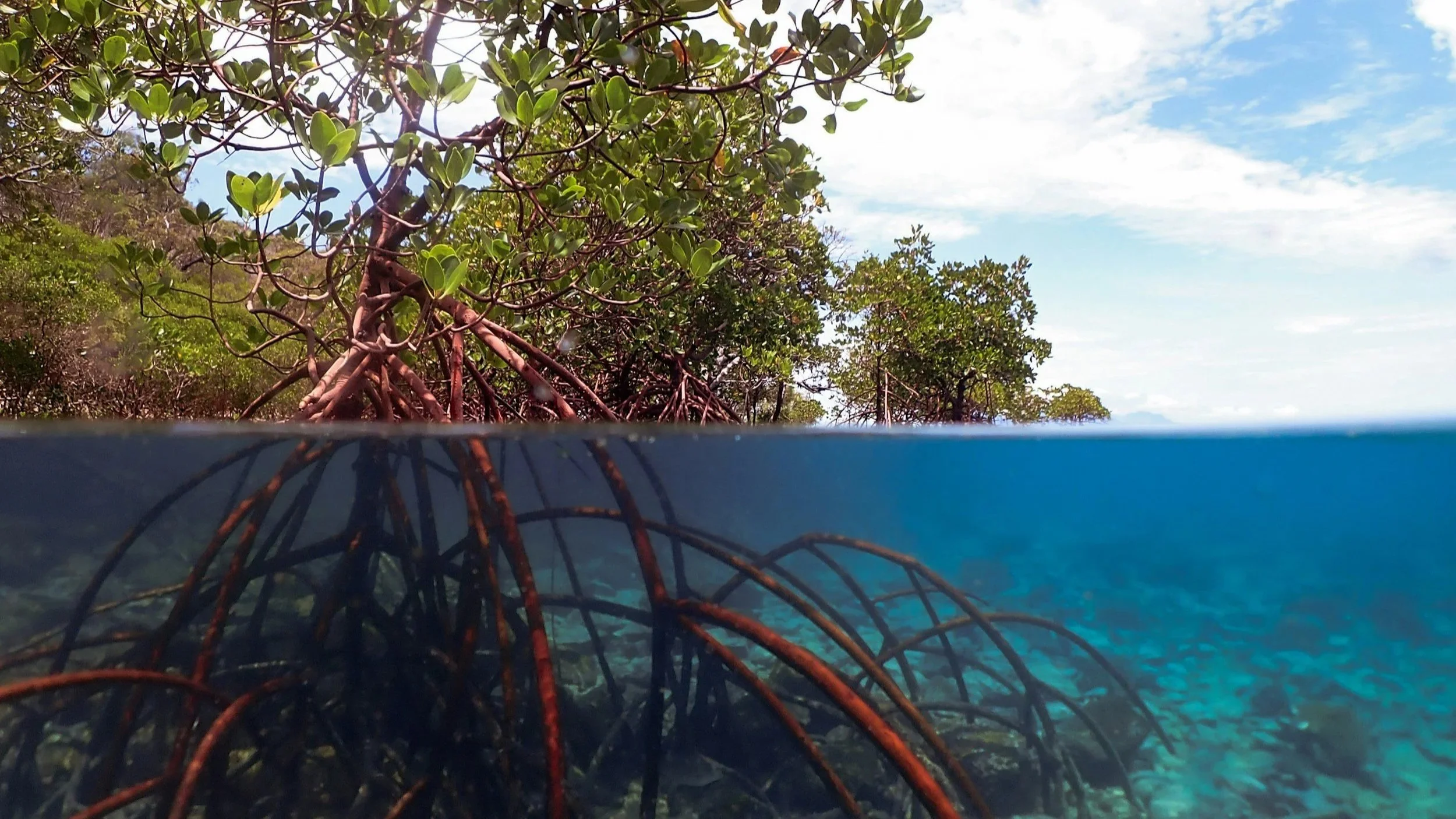Late-Summer Volunteering
It’s hard to believe, but for our members in the Northern Hemisphere, summer is almost over! Students go back to school in the next few weeks, fall sports start up, and most of our business members have already logged their volunteer hours for the year. (This is the earliest in the year this many have managed that, so don’t feel bad.)
If you feel like you are lagging behind on your volunteer hours, don’t worry, you are in good company and it is NOT too late for some awesome wildlife volunteering activities!
To be clear, by this time of year, most wildlife agencies and non-profit groups in North America are already through most of their volunteer opportunities. The heat of August brings serious logistical, safety, and ecosystem challenges that really limit your volunteering options. That is why we always endeavor to help our members get their volunteer plans on the books by the end of April, but… life and business have a tendency of moving more quickly during the middle of the year.
But, some of the coolest (literally) volunteer activities hit their stride during this continent’s hottest month, precisely because of the heat.
Higher temps typically mean less daytime movement by fish and wildlife. Fields get too hot for critters on land, so they feed in the evenings. The water gets too warm for a lot of fish species, so they feed at night.
Agencies, NGOs and biology students plan special projects and studies in August that take advantage of this limitation on fish and wildlife — and they need your help!
Here are a few of our members’ favorite wildlife volunteer activities in the month of August:
To be clear, this list is not exhaustive, but these are the most popular ways our members have volunteered for wildlife conservation in the month of August over the last decade.
In the Alpine:
Endangered & Invasive Plant Surveys
Invasive Plant Removal
Alpine Ungulate Counts & Diseases Studies (mountain goats, bighorn sheep, pika, etc.)
Note: This could mean collecting their scat and packing it back down the mountain to your local wildlife agency or university lab… which is pretty fun.
Raptor Flyway Surveys
Lake & Stream Aquatic Species Genetic / Disease Surveys
Lake & Stream Water Quality Sampling
Fence Removal / Replacement in Migration Corridors
Beaver-Analog Installations (man-made beaver dam building)
Trail Maintenance
In the Desert:
Note: Many desert wildlife volunteering opportunities in August take place in the late evening, night, or early morning hours to protect volunteer safety. Consideration for nearby resting wildlife is critical.
Invasive Plant Removal
Water Resource Monitoring / Improvements / Beaver Analog Installations (man-made beaver dam building)
Fence Removal / Replacement in Migration Corridors
Invasive Plant Removal
Endangered Species & Species of Concern Monitoring (especially night-time insect inventories & surveys)
Trail Maintenance
Trash Cleanups
In the Prairie:
Fence Removal / Replacement in Migration Corridors
Endangered Species & Species of Concern Monitoring (especially night-time insect inventories & surveys)
Water Resource Monitoring / Improvements / Beaver Analog Installations (man-made beaver dam building)
Endangered & Invasive Plant Surveys
Invasive Plant Removal
In the Rivers / Riparian Zones:
Invasive Plant Removal
Beaver Analog Installations (man-made beaver dam building)
Fence Removal / Replacement in Migration Corridors
Trail & Fishing Access Site Maintenance
Trash Cleanups
Aquatic Species Genetic / Disease Surveys (especially aquatic insect and pollinator inventories, and fish-shocking in larger rivers)
Endangered Species & Species of Concern Monitoring (also, game species like bighorn sheep and elk)
In the Lakes / Wetlands:
Water Quality / Visibility Monitoring
Fishing Access Site Maintenance
Trash Cleanups
Endangered Species & Species of Concern Monitoring (especially aquatic non-game bird nest/hatchling monitoring for loons, herons and raptors like ospreys and bald eagles)
Aquatic Endangered & Invasive Plant Surveys
Invasive Aquatic Plant Removal
In the Coastal Zones:
Trash Cleanups
Sea Turtle Hatchling Monitoring / Protection (24-hour)
Coral Bleaching Monitoring
Mangrove Health Monitoring
Pre-Hurricane & Post-Hurricane Habitat Area Prep / Cleanup
Marine Bird Monitoring
Marine Mammal Rescue (on-call & often requiring specialized skills/equipment)
Invasive Species Removal (plant, fish, reptile, etc.)
Access Site Improvements (usually at night)
BONUS: Hosting Fundraiser & Advocacy Events for Conservation Non-Profit Groups
Block Parties
BBQs & Picnics in Parks
Pint Nights
Backyard Soirées
See, there are A LOT of options for volunteering for fish and wildlife conservation in the month of August!
You might be wondering, “How do I find these wildlife volunteering opportunities?”
That’s where we come in.
We help our members connect with awesome conservation volunteering projects, year-round. Whether it is just you as an individual, or if you are looking to get your employees involved, we love helping folks like you get out volunteering together for wildlife!
We have direct connections to over a thousand conservation non-profit groups, and hundreds of universities and and wildlife agencies that need your volunteer passion, especially this time of year!
We love helping average people do incredible things for wildlife.






